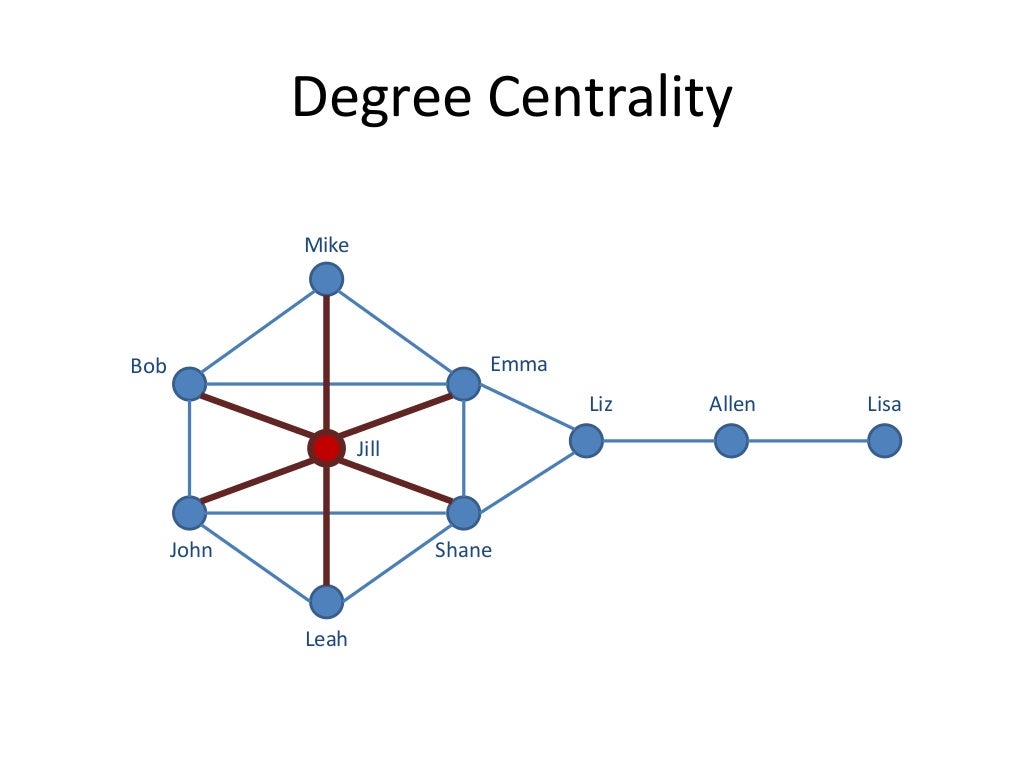
tem and parameter selection to confirm the influential nodes in the network, such as in-degree and out-degree centrality. Firstly, it can process a large amount of relational data and describe the overall relational network structure. Social network analysis has emerged as a key technique in modern sociology.It has also gained significant popularity in the following - anthropology, biology, demography, communication studies, economics, geography, history, information science, organizational studies, political science, public health, social psychology, development studies, sociolinguistics, and computer science, education and distance education research, and is now commonly available as a consumer tool (see the list of SNA software). These visualizations provide a means of qualitatively assessing networks by varying the visual representation of their nodes and edges to reflect attributes of interest. These networks are often visualized through sociograms in which nodes are represented as points and ties are represented as lines. Examples of social structures commonly visualized through social network analysis include social media networks, meme spread, information circulation, friendship and acquaintance networks, peer learner networks, business networks, knowledge networks, difficult working relationships, collaboration graphs, kinship, disease transmission, and sexual relationships. It characterizes networked structures in terms of nodes (individual actors, people, or things within the network) and the ties, edges, or links (relationships or interactions) that connect them.

Social network analysis ( SNA) is the process of investigating social structures through the use of networks and graph theory.

A social network diagram displaying friendship ties among a set of Facebook users.


 0 kommentar(er)
0 kommentar(er)
